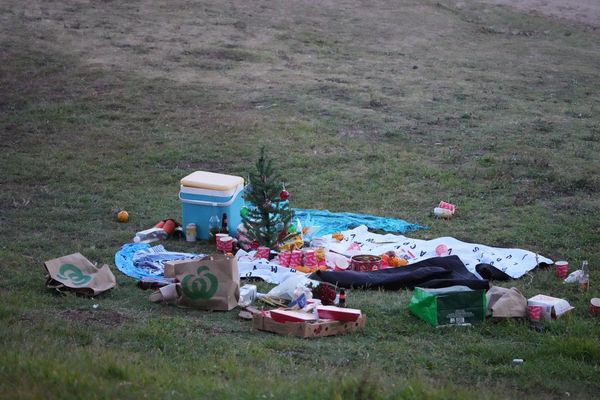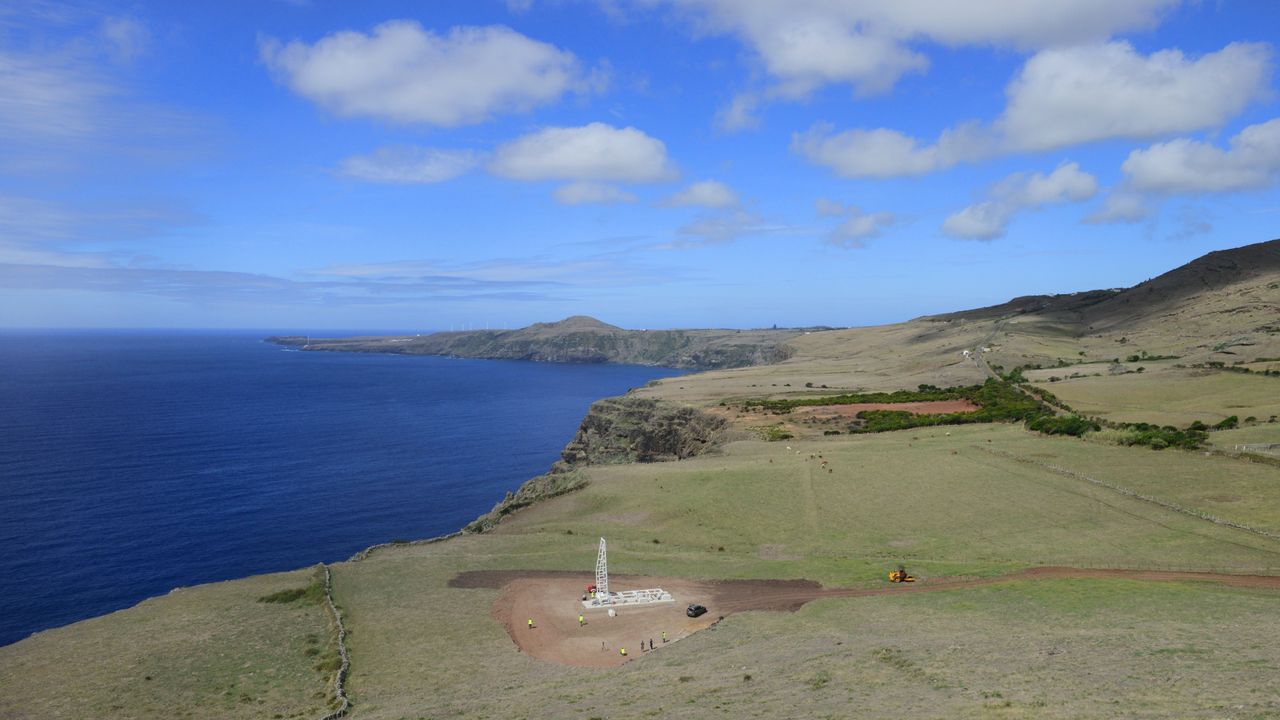
Portugal has taken a significant step in its space ambitions by awarding the nation's first-ever license to operate a spaceport.
The license has been granted to the Portuguese Atlantic Spaceport Consortium (ASC) to conduct space access activities from the island of Santa Maria in the Azores, the Portuguese Space Agency announced on Wednesday (Aug. 13).
The five‑year permit granted to ASC covers the operation of a launch center in Malbusca, an area within the Azores, but does not include individual launch authorizations. Separate licenses and safety assessments will be needed for each mission.
The process was conducted in close collaboration with ANACOM, Portugal's national space authority that's responsible for licensing. Sandra Maximiano, president of ANACOM, stated the authority's commitment to agile regulation that supports innovation and the evolving demands of the national space sector.
The launch site is expected to first facilitate suborbital flights, which could begin as soon as 2026. Infrastructure is also being constructed on Santa Maria to host the return to Earth of the European Space Agency's Space Rider, which is being developed as Europe's first reusable space transportation system, with a demonstration mission currently expected in 2027.
"The award of this first license demonstrates that Portugal is prepared to host launch activities based on a robust and transparent legal framework that is in line with international best practice," Ricardo Conde, president of the Portuguese Space Agency, said in a statement.
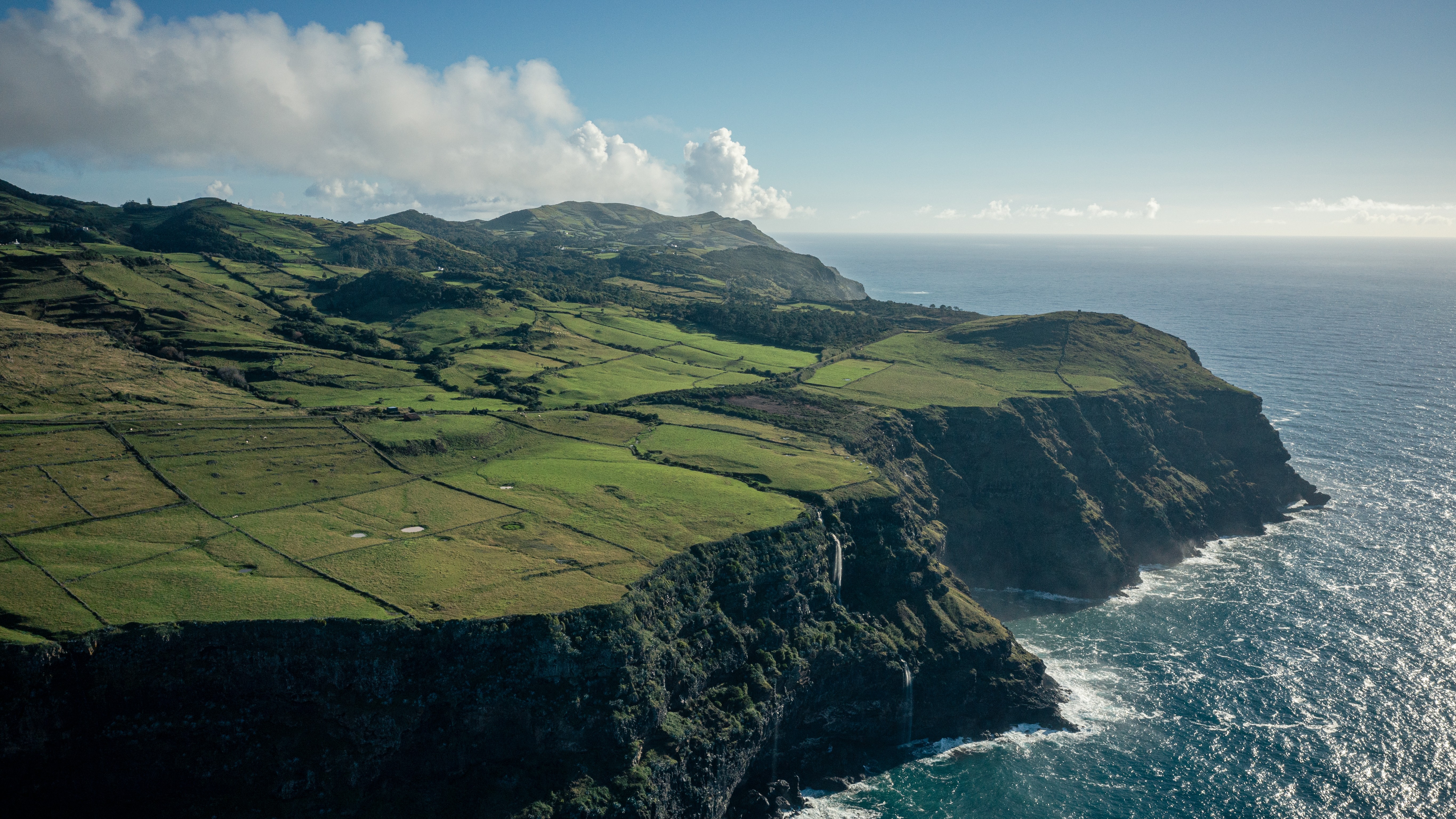
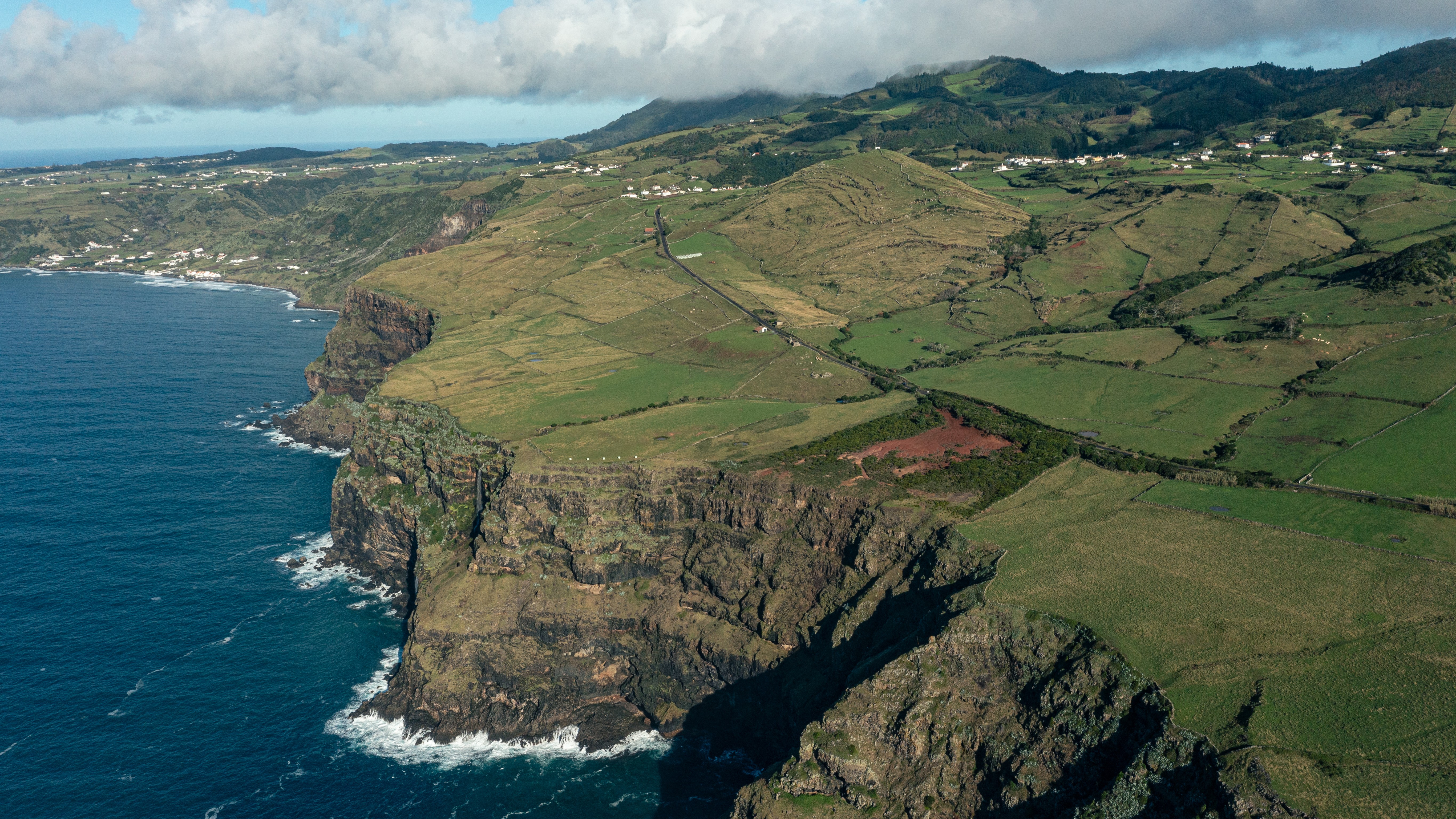
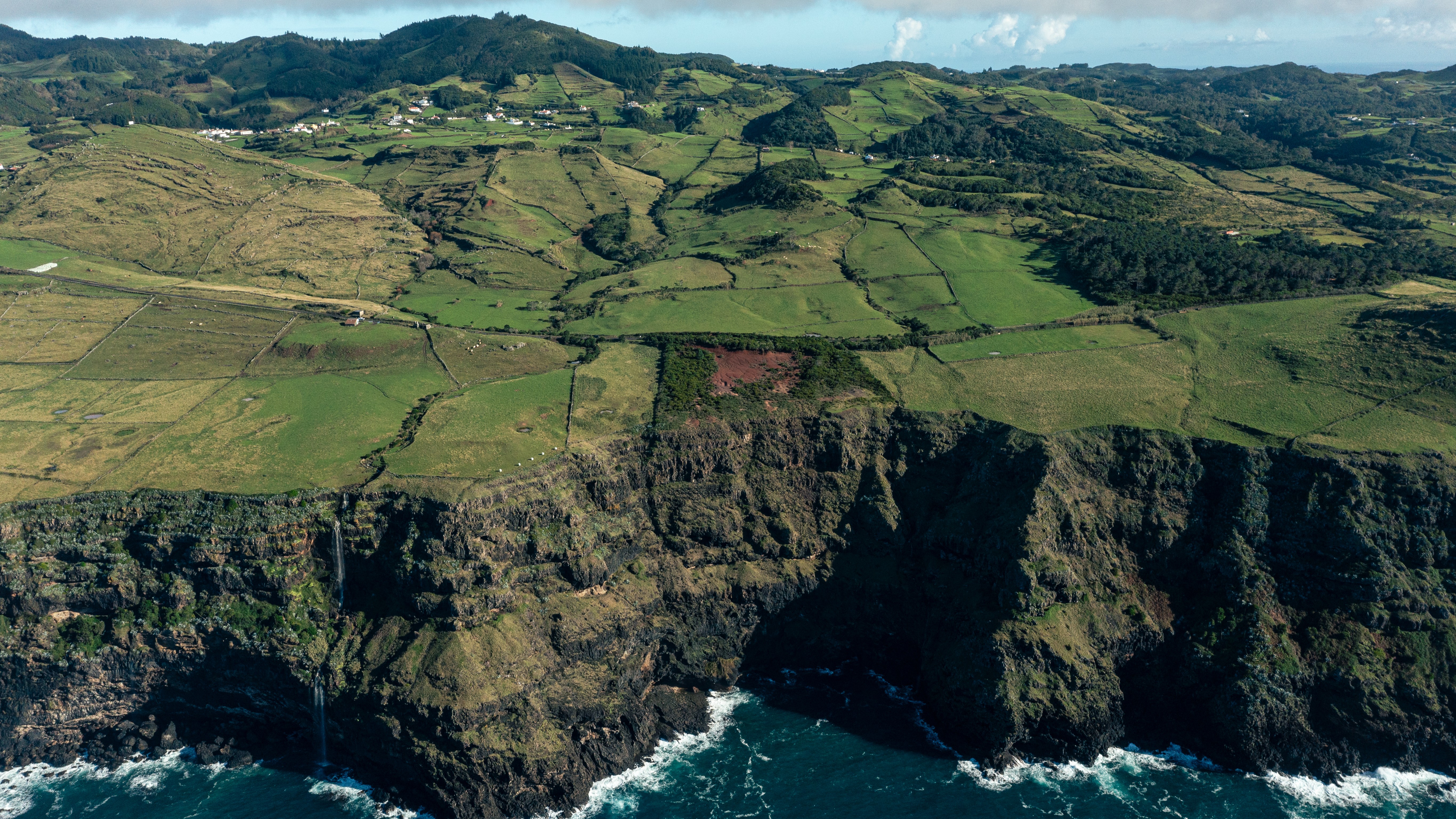
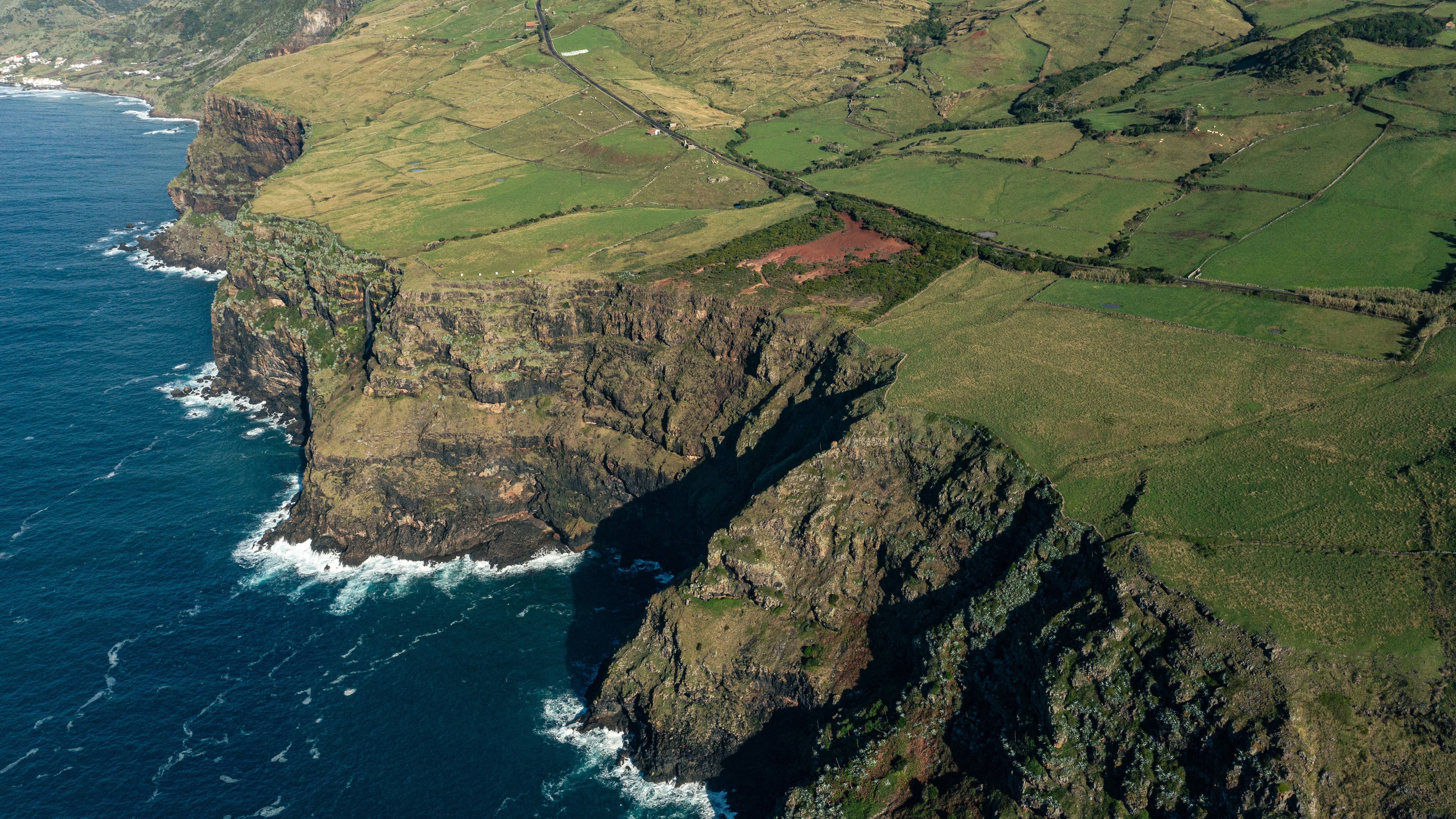
The move is part of Portugal's national strategy for space, dubbed Portugal Space 2030, which aims to position the country as a European platform for access to space. It also makes use of the strategic geographical position of the Azores, an archipelago composed of nine volcanic islands in the North Atlantic Ocean that's around 870 miles (1,400 kilometers) west of Lisbon on the Portuguese mainland.
The launch center at Malbusca is one of a number of spaceports being established in Europe — including SaxaVord off the coast of Scotland, Andøya Spaceport in Norway and Esrange in northern Sweden — to provide new options for access to space for the continent.


